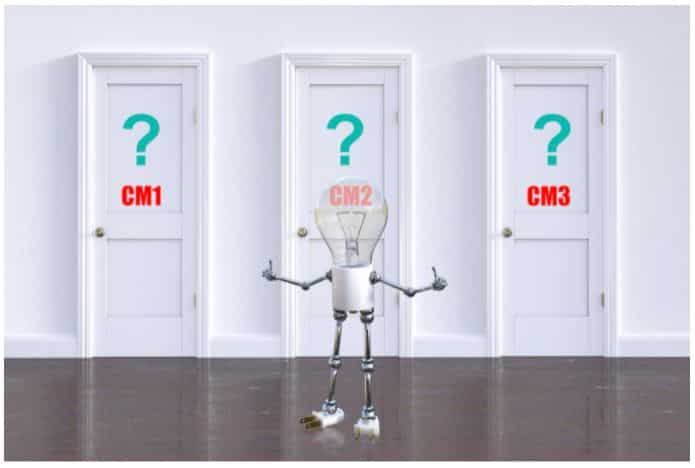
Whether you are launching your first product or trying to re-align your supply chain, finding, vetting, and approving your contract manufacturer (CM) is daunting. This is because you are placing the fate of your product in their hands. It’s understandable to feel timid. But there are things we can do to ensure we are working with the correct CM. The first step is a thorough evaluation process.
Before we go on, Ron Keith, wrote a great article in IndustryWeek about the myths of selecting your contract manufacturing partner. In this article, Ron has debunked some myths that most of us believe to be true when selecting a CM.
Evaluation Steps
While there are multiple different ways to find a CM, such as from referrals, ThomasNet and more, the steps after are pretty straightforward after you find your supplier. These steps are the following:
- A Virtual Supplier Evaluation
- Request for Quotation (RFQ)
- Sampling
- Factory Visit
We will focus on the first step, a virtual supplier evaluation. This step also paves the way for a smooth transition for RFQ, sampling, and the factory visit.
A Virtual Supplier Evaluation Checklist
There is no reason to hop on a plane or get in a car to figure out whether a CM has the potential to be the right fit. Maybe down the line you can pay them a visit but let’s first do our due diligence and ask the right questions. You can also check out this checklist when auditing suppliers as well. Here are some things you should be looking for:
- Supplier Size: You don’t want to be their largest or smallest client. Make sure they have experience with working with customers that are similar to your size.
- Product Fit: It’s always beneficial to work with a CM that has experience with similar products as yours. Their knowledge and experience will come in handy if you need technical support. If you are manufacturing a product no one else has made before, look for the complexity of the products your CM makes.
- Manufacturing Equipment: This depends on the complexity of your part. If you have a straightforward product with a few plastic parts that need to be assembled, don’t find a supplier that specializes in metals, no matter how their reputation is. This supplier just adds steps to the process. Also, if a supplier has experience with a 40-ton stamping machine but your part needs a 400-ton machine then perhaps they are not the best fit for you.
- Certifications: If you are manufacturing a medical device but your CM is not ISO13485 certified, you should probably halt the talks with them. Understand the certificates needed for your product and make sure early enough in the process that your CM has this certification.
- Quality: Quality is not just people on the assembly line pulling off bad products. Understand what processes your CM has in place to prevent issues from occurring and if a problem does occur, what steps are in place to resolve these issues. Ask them how they deal with rejected parts that end up in the hands of users as well.
- Communication: How is communication with your CM? Do they answer all your questions, do they seem excited to speak with you, do they respond quickly? If communication starts off rocky, you should take it as a sign that it does not have too much potential.
- Scale Up: Some suppliers are comfortable with their size and don’t want to scale up their operations. This is ok but what if you reach their capacity limits? Understand their capacity, machine availability, labor availability, and whether or not they are looking to grow. The last thing you want is to outgrow them and start the search all over again after a couple of years.
- Technical & Engineering Support: Going from development to production is not a straight path. Having a supplier that can offer design for manufacturing (DFM) will help you to knock down those barriers in your way. These include tool design, part optimization, part cost, material specs, tolerances, and more.
The goal of this evaluation is to find a few suppliers that you can proceed with an RFQ package. You should trust them and feel comfortable with them quoting your product/part. Like anything else, if your gut feeling is telling you not to work with them, you should probably move on.
Conclusion
OpenBOM improves the process of how you work with your CM, contractors, colleagues, and other team members. We provide you with the capabilities to seamlessly manage your parts, vendors, bill of materials, purchase orders, and change orders. All BOM, engineering, and manufacturing information are stored in the cloud which you can share with anyone.
Register for FREE to create your OpenBOM account and reach out to us via support @ openbom dot com if you have any questions.
Regards,
Jared Haw
Join our newsletter to receive a weekly portion of news, articles, and tips about OpenBOM and our community.









